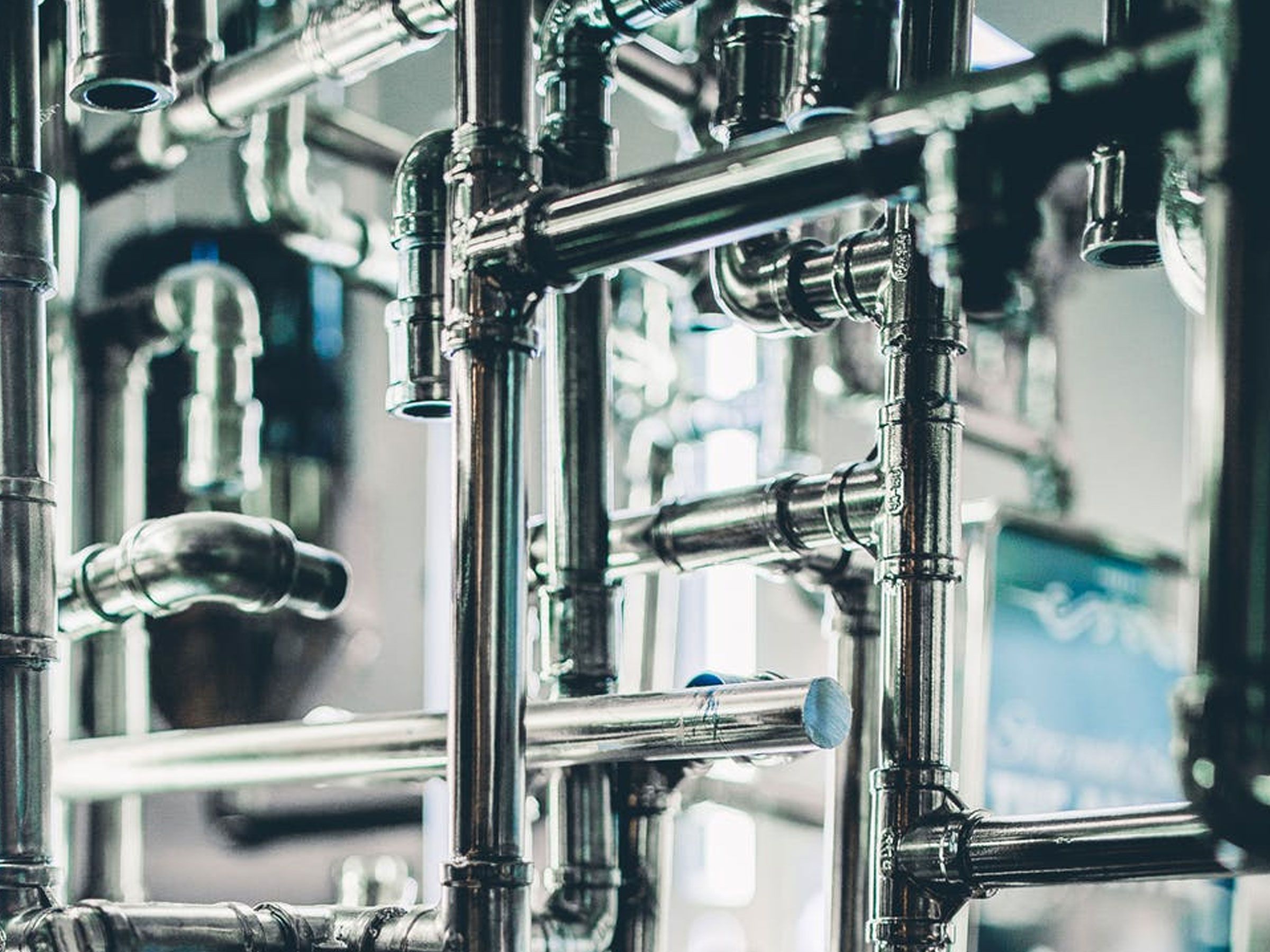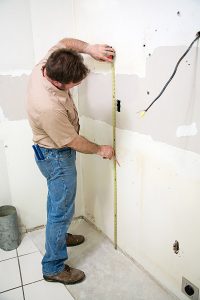
Any restaurant owner will testify to the fact that grease traps are a lifesaver when it comes to preserving the plumbing at a restaurant or a commercial eatery. Also known as grease interceptors, grease recovery devices or grease converters, grease traps are a plumbing device that intercepts most grease and solids before they have the opportunity to enter the water waste disposal system.
Since a large amount of waste flows down the pipes and into the water waste disposal system, the grease traps stop the worst stuff from damaging the plumbing.
The importance of a grease interceptor
It is perfectly normal for a small amount of oil to enter into septic tanks or other treatment facilities. However, when there is a large amount of grease such as in restaurant food preparation, the oils can quickly overwhelm either a septic tank or treatment facilities. This makes it critically important for restaurant owners who want to make sure they do not have to pay for the high cost of replacing a septic system, or fines imposed by the government if they are on public sewage, to ensure that they install traps in their restaurant.
Why grease traps work
When waste water flows into a water disposal system, such as a septic tank, the oil in this waste water forms scum at the top of the septic tank. This floating layer of scum has to be cleaned out on a periodic basis if it gets too dense for the water to continue flowing. Most of the time this oily layer of scum is slowly digested and broken down by microorganisms that are part of the anaerobic digestion process.
However, when there are large amounts of oil, such as in food preparation at some restaurants, the result is often for it to overwhelm the abilities of the septic tank and this will result in blockage of pipes, and the inability to dispose of solids properly in the septic tank system.
Additionally, some types of high viscosity fats such as cooking grease or lard tend to solidify when they get cold. These can then combine with other disposed solids which can create a significant blockage problem. People typically install traps between the sinks in the kitchen and the sewer system. The traps reduce the number of fats, oil, and greases that enter the sewer system.
Types of traps
The most common grease traps are smaller, typically point-of-use systems that we attach underneath the kitchen sink or adjacent to the dishwasher in the restaurant kitchen. These grease interceptors are exactly what they sound like, restricting the flow and removing between 85 and 90 percent of the incoming food solids, along with fats, oils, and grease.
Typically, these types of traps work in conjunction with grease trap liners, which provide an increased health, hygiene, and safety benefit for the people using the devices. In addition to point-of-use units, the second most common type of interceptor is a large, in-ground, tank which can consist of concrete, fiberglass or steel. The tank has a large capacity for high flow applications such as a restaurant or hospital.
Commonly known as gravity interceptors, these traps can have a capacity up to 2000 gallons. As more water and grease flow into the system, these grease interceptors will pump the grease-free water out of the tank. The rotting mess that is left behind must be pumped out on a scheduled basis, much like a septic tank system must be pumped on a regular basis for solid waste.
Schedule an appointment
To have one installed – call us.
Related Posts
Why choose us?



